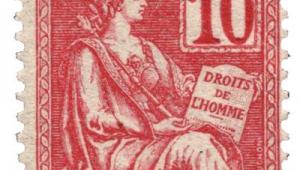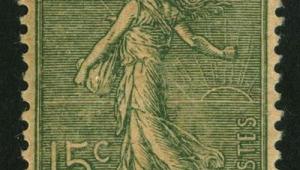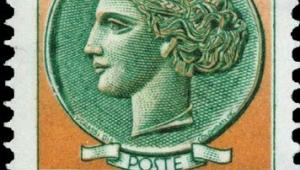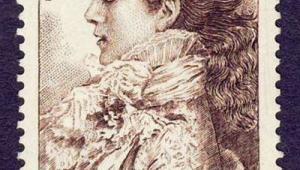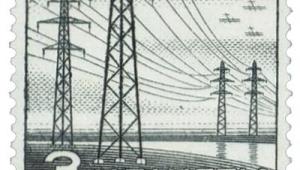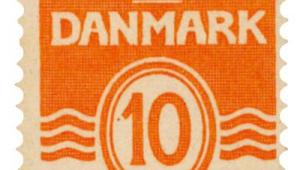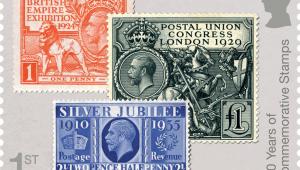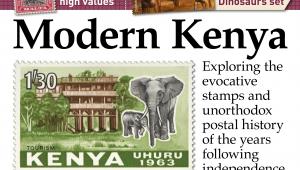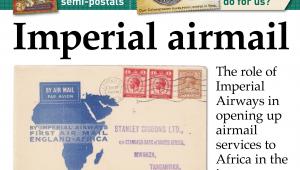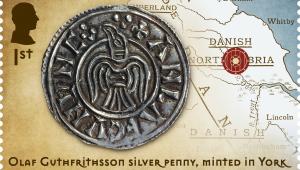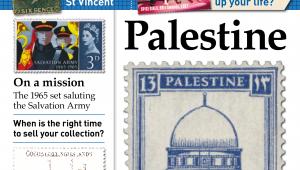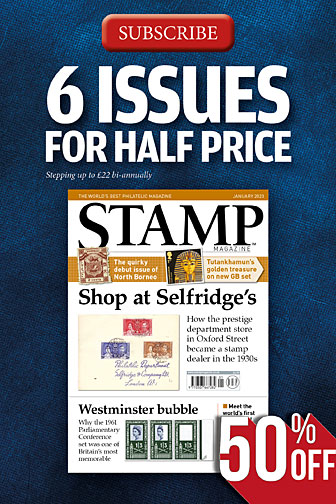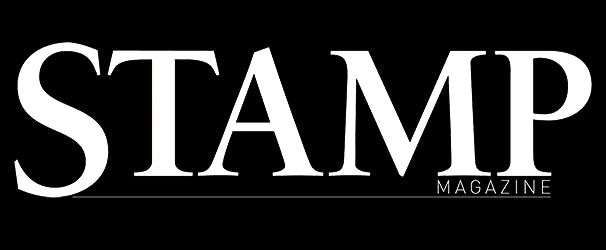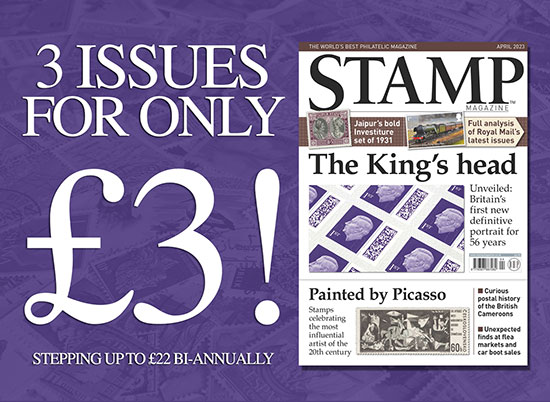West Germany: Fresco fiasco
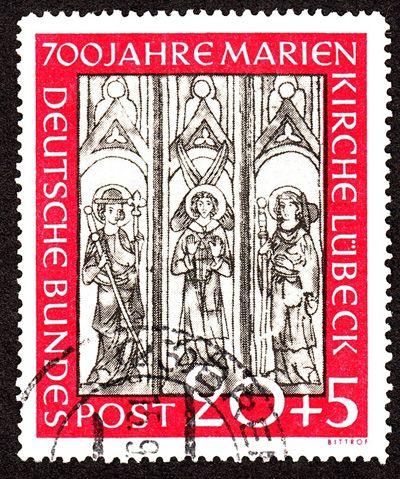
The night of Palm Sunday 1942 was cold and cloudless in the German city of Lübeck. Moonlight reflecting on the waters of the port greatly assisted the task of 234 Wellington and Stirling bombers as they dropped more than 2,500 incendiary bombs.
Nearly one-fifth of the city’s buildings were destroyed or seriously damaged, none more celebrated than the 14th-century Marienkirche. The heat of the fires caused the church’s wooden roof to collapse.
When the dust settled, however, a minor miracle appeared to have occurred. The damage had exposed long-forgotten medieval frescoes painted on the original walls.
In 1947, the task of restoring the stunning Gothic artwork was given to Dietrich Fey and Lothar Malskat, with the help of photographic evidence taken shortly after the bombing. However, these records were incomplete and the intervening years had not been kind; in some places the original paintings had all but vanished.
Malskat, an experienced art forger, was undeterred by such a minor drawback. His solution was to simple: he would make up his own medieval frescoes!
Dimly outlined religious figures were recreated and given familiar faces. His sister Freyda became the Virgin Mary. Cinema stars, old school friends and even the mad monk Rasputin fleshed out other figures. One scene even had a turkey introduced into it, even though such birds had yet to set foot in Europe at the time the frescoes were created.
When the restored paintings were unveiled at a ceremony attended by Chancellor Adenauer in 1951, on the 700th anniversary of the Marienkirche, West Germany seized the chance to issue a pair of commemorative charity stamps.
A 10+5pf green and a 20+5pf carmine were released on August 30, with an Annunciation triad from the north wall of the nave as their central motif, depicting an angel flanked by pilgrims.
It wasn’t until a year later that the chicanery of Fey and Malskat was revealed, and both were brought to trial and sentenced to a term in prison.
As the authorities nervously rechecked the portion of fresco which had been selected for the stamp design, it must have come as a huge relief to them that it turned out to be a genuine example of 14th-century artistry, and not the work of a modern charlatan!
